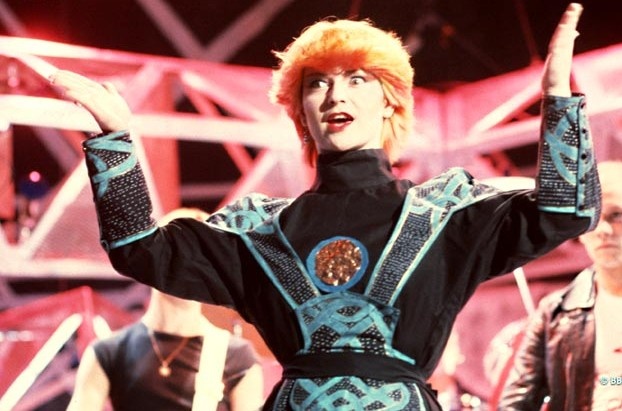Every decade washes a new wave of artists up Fame Beach as new genres emerge to suit the times. The sixties gave us Bob Dylan; the seventies, disco and heavy metal. The eighties—a decade often derided as lacking in musical merit—was actually no different from any other. You had the good the bad and the talentless in about equal measure.
In the UK life, rather than music, in the eighties brought us the delights of Margaret Thatcher, the miners’ strike, the poll tax and a war in the Falklands. None of which made you want to throw open your skylight windows and shout ‘hurrah!’ at the sky. Amongst other downers, the eighties saw John Lennon shot dead on his doorstep and the emergence of AIDS. On the upside, Pac-Man arrived on the scene.
As always, young people largely ignored all the bad stuff and took refuge in their music. In the early years of the decade Michael Jackson had a major, and as it would turn out, lasting impact. His 1982 album, Thriller, would become the biggest grossing album of all time, with estimated worldwide sales of 100 million copies. Jackson wasn’t the only attraction, of course.
Starting with the truly awful, you had Black Lace, responsible for the viral spread of Agadoo over the planet’s airwaves. Voted the worst pop song in history because – well if you’ve heard it you’ll know why. If you let its meaningless lyrics – ‘Agadoo doo doo, push pineapple shake that tree…’ – into your head you might never get them out again.
Close behind this musical monstrosity in my opinion, you’d find the magnolia coloured, vanilla flavoured and utterly talentless Bananarama. Black Lace and Bananarama did for pop music what Benny Hill did for international water polo.
Black Lace and Bananarama were not alone at the bottom of that barrel though. Accompanying them down there you’d find many scary examples of naked commercial pop in the products of Stock, Aitken and Waterman’s hit factory. Acts churned out using their easy listening, money making formula included the likes of Rick Astley, Jason Donovan, Sinitta and Sonia. And a track called Packjammed (with the party posse). Not much to say after that, really.
Any decent sounds around at the time were all related to protest. Punk in the late 70s and early 80s had spawned an entire anarchic, anti-establishment genre—complete with its own dance—the pogo, which was essentially jumping up and down. Easy to learn, but difficult to perform and simultaneously deliver your premium chat up lines. Judged for technical and artistic merit it wasn’t the Argentinian tango and it isn’t going to appear on Strictly Come Dancing any time soon. I’m sure you can live with that.
Punk produced bands with loyal followers. Bands like The Clash, The Damned and the notorious Sex Pistols. This genre also gave rise to another dance (Was it a dance? Or was it a cry for help?) called the dead fly. Here, the dancer would throw himself to the floor and twitch in time to the music. This always puzzled me because dead flies don’t behave like that. They don’t actually do anything at all, because they’re…well, dead.
As a backlash against the severity of punk, the so-called New Romantics made an even more flamboyant appearance during the eighties. They celebrated glamour with their big hair, frilly shirts and men wearing mascara. Duran Duran and Spandau ballet tended to dominate.
Between the low water mark of Jason Donovan and the high tide of Duran Duran there was no shortage of talented performers. The danger of listing examples is that you are bound to offend an awful lot of people whose favourite band inevitably hasn’t been mentioned. On this occasion let me simply list my personal preferences and leave it at that.
Blondie, The Eurythmics, Prince, Madonna, Cyndi Lauper and Whitney Houston. Ozzy Osbourne and ZZ Top. And of course U2 in the days before Apple decided to force them onto our hard drives when we were off guard. As with any decade, those who entered their formative years when the eighties began would carry with them the emotional imprint of its music—good and bad—long beyond the end of the decade when the Berlin Wall came down and the first episode of the Simpsons aired. That has always been the case, and always will be.
